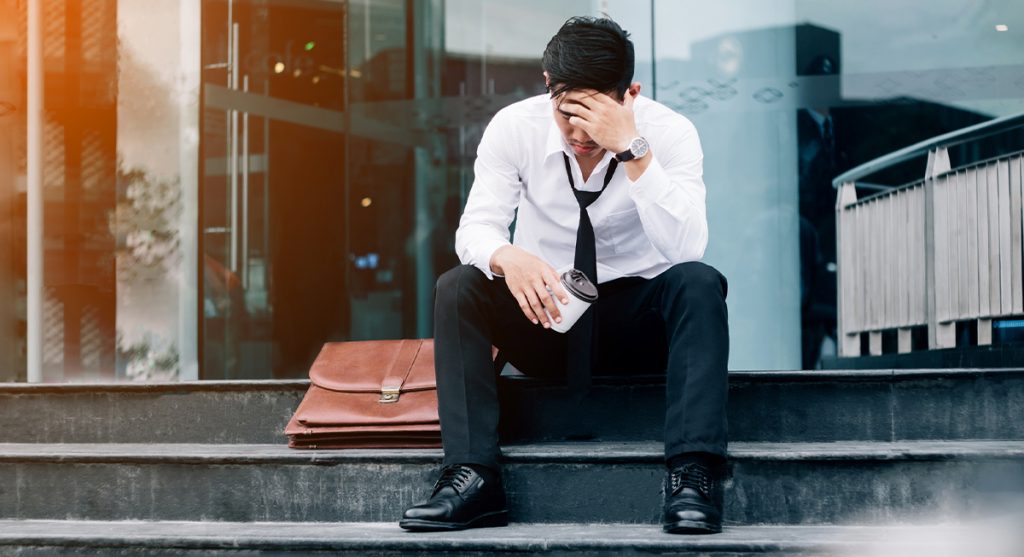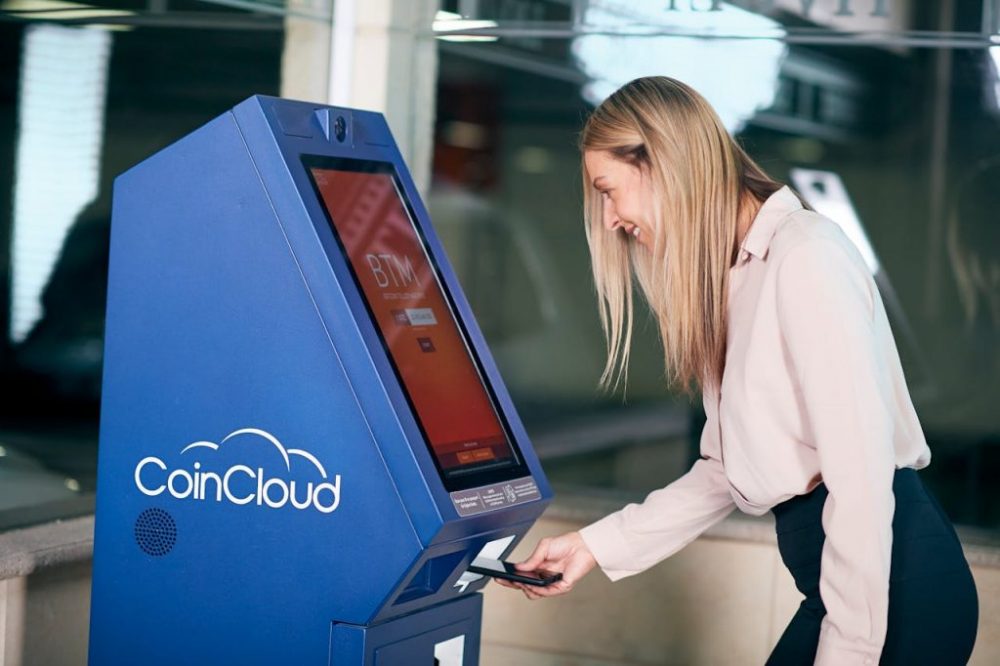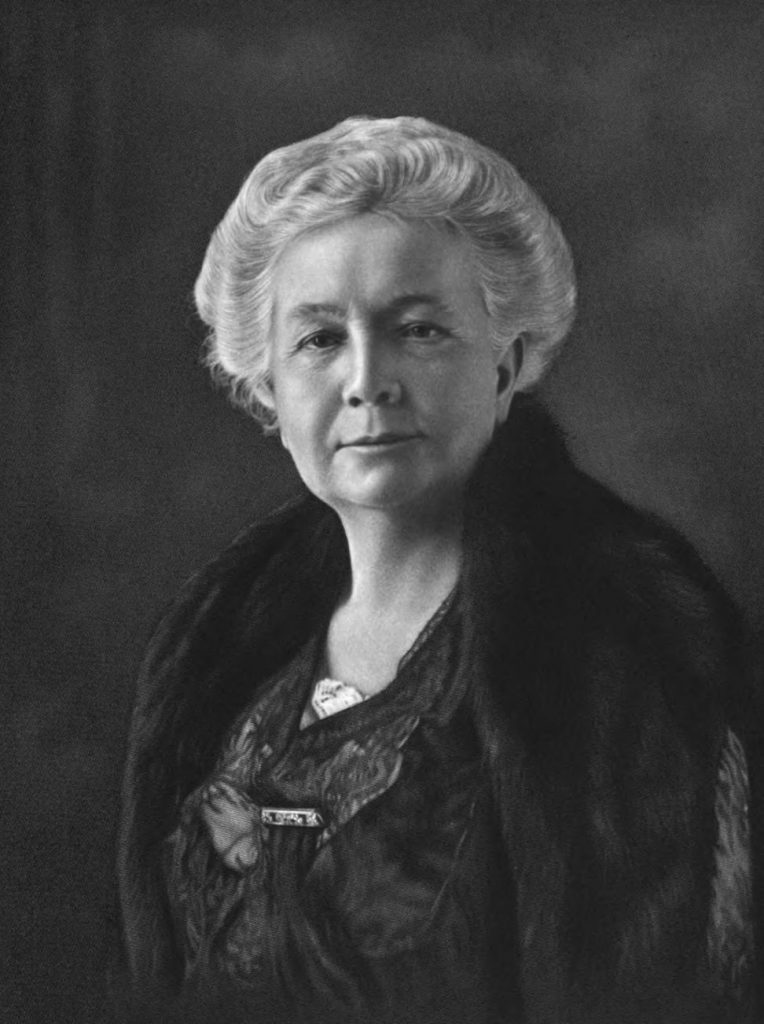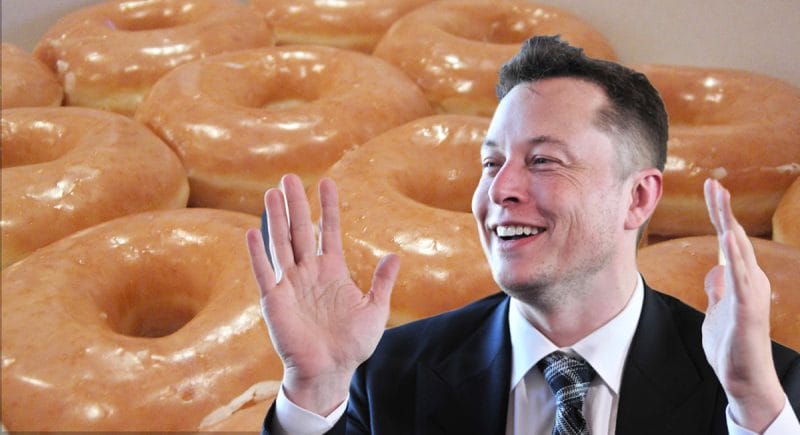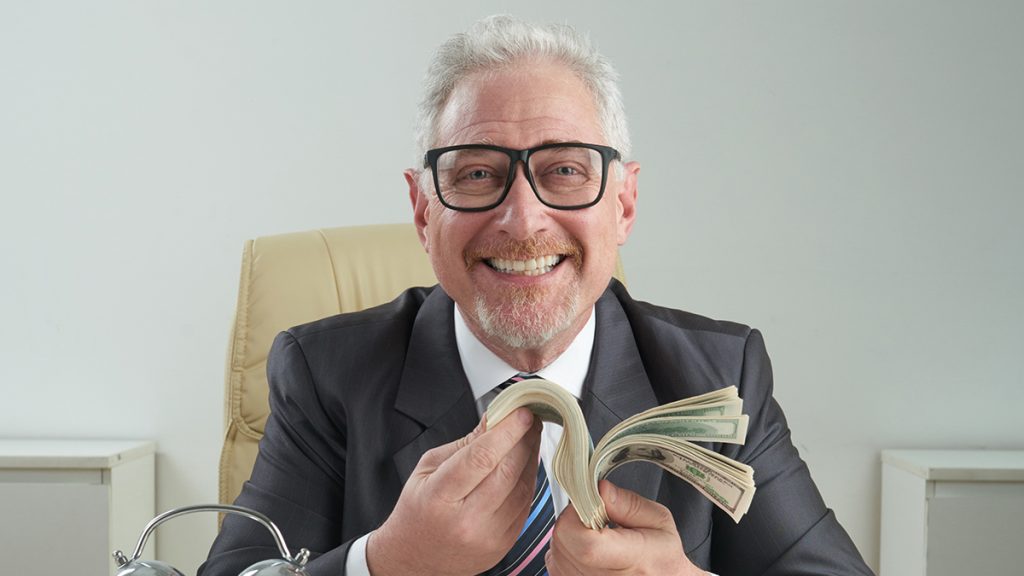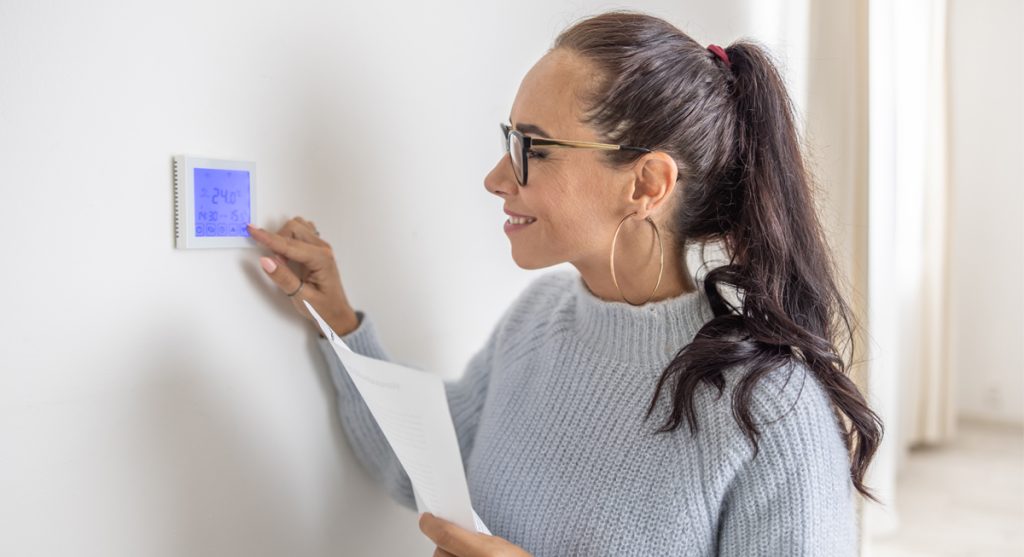Most of us end our shopping trip with more products than we imagined getting. Each time, we're forced to wonder how we ever got there. Luckily, it has to do more than just a personal problem of impulse spending. Stores put a lot of effort into encouraging people to buy more products. Let's look at 15 ways that supermarkets and stores make us spend more.
Essentials Are a Long Walk Away
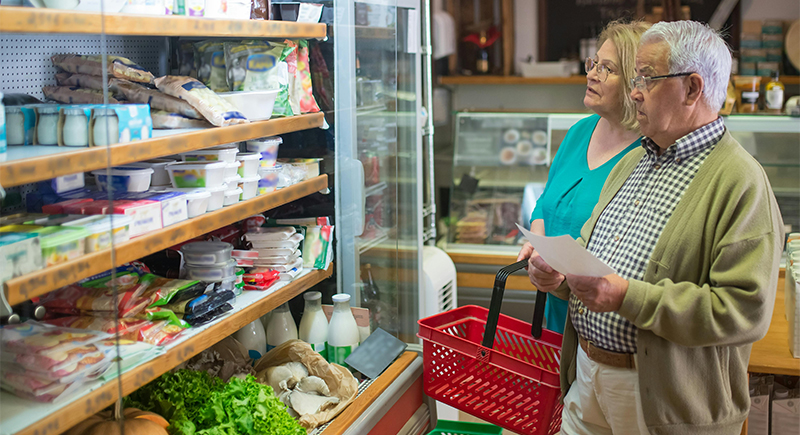
Credit: pexels
Stores love to place everyday items, like milk or eggs, far far away from the entrance. As you make your way there, chances are you’ll pick up something extra that wasn’t on your list. Each extra step you take is a chance for unplanned purchases.
Pricey Brands Grab Your Attention First
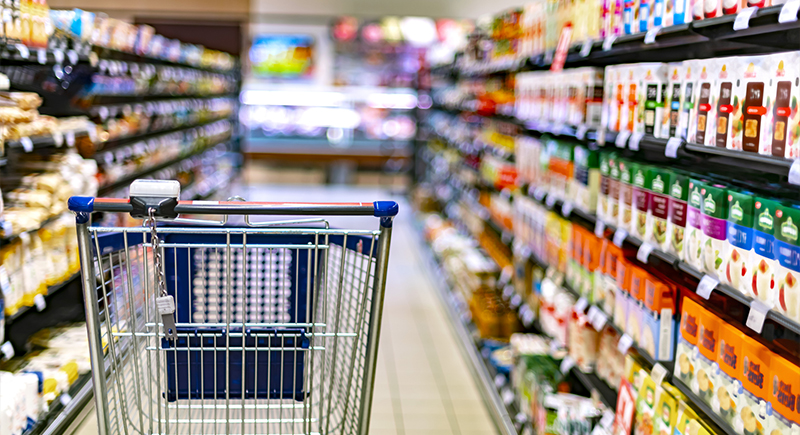
Credit: iStockphoto
Mid-shelf placement is prime real estate in stores. Products with higher profit margins get prime positions at eye level. On the other hand, cheaper alternatives are placed either higher up or too low to catch your attention without some effort.
Checkout Lanes Are a Danger Zone
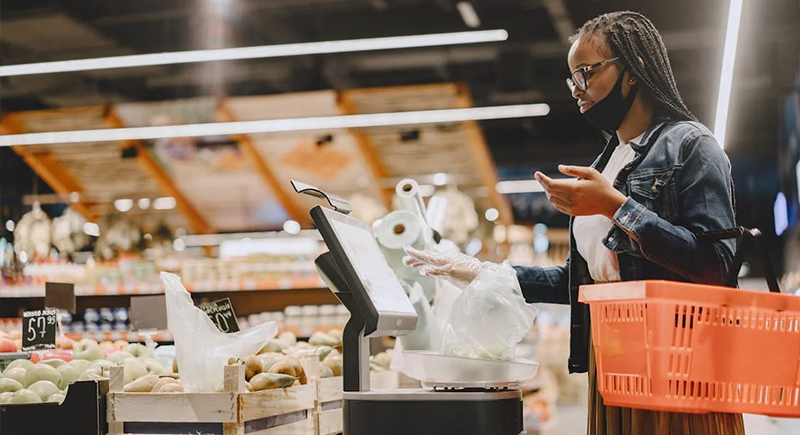
Credit: pexel
You’re ready to leave, and then you spot those snacks and tiny gadgets at the checkout counter. What’s the harm in grabbing a candy bar or two, right? These items are deliberately placed to target your impulse buying instincts when you’re most likely to cave in.
The Scent of Fresh Bread Changes Everything
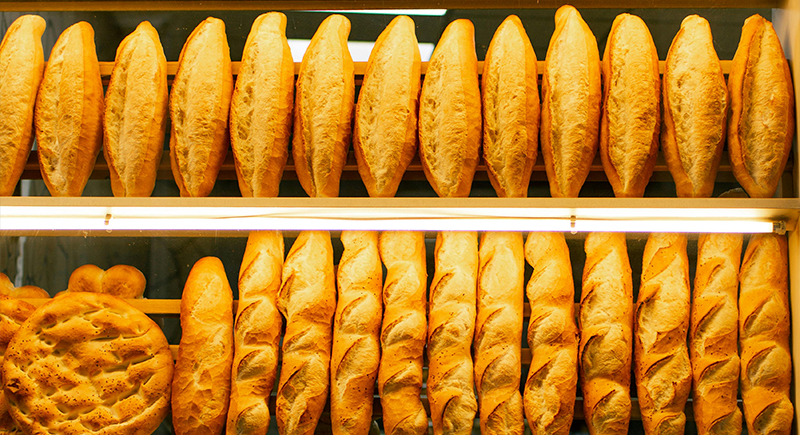
Credit: pexel
Have you ever felt hungrier while shopping? That’s not just a coincidence. Stores pump out smells like freshly baked bread or roasted coffee because they know it makes you crave comfort foods and indulgent treats you didn’t plan on buying.
Carts That Make You Feel Understocked
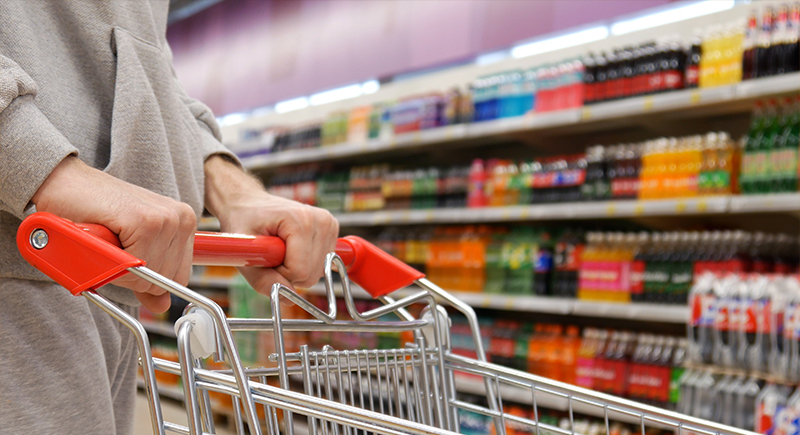
Credit: iStockphoto
Push a cart down any aisle and look at how much space it has. The larger the cart, the emptier it feels even when you’ve picked up several items. This design nudges you to keep adding to avoid feeling like you’ve barely shopped.
Bargain Bins That Trick Your Mind

Credit: flickr
Those big, chaotic bins filled with “discounted” products are less about actual deals and more about creating urgency. The sense of “digging for treasure” makes you think the deals are better than they are, prompting rushed decisions you might later regret.
Music That Sets the Mood
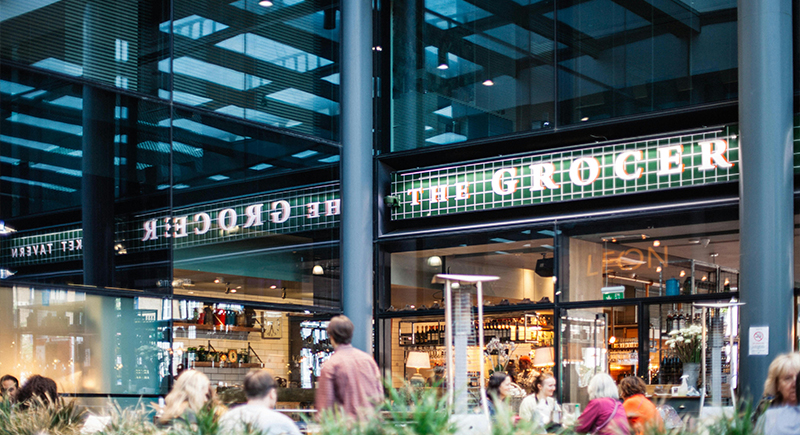
Credit: pexels
The soundtrack in a store isn’t accidental. Soft, slow music encourages you to take your time and wander through more aisles. On the flip side, upbeat music creates energy in specific areas to make you feel more excited about picking things up.
Why $9.99 Feels So Different from $10

Credit: flickr
The psychological trick of pricing items just below a round number is surprisingly effective. That one-cent difference makes your brain focus on the “9,” and categorizes the product as cheaper, even though the savings are barely worth mentioning.
Free Samples That Aren’t Free
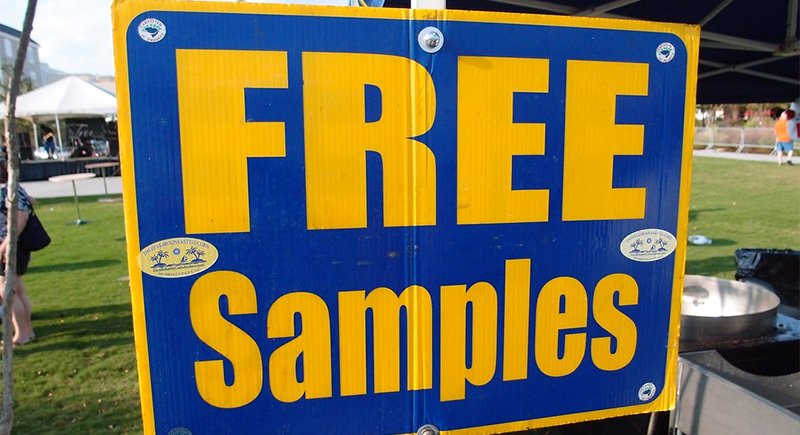
Credit: flickr
Trying a sample might seem like a harmless snack, but it’s carefully designed to hook you. Once you’ve tasted it, you’re more likely to buy it. It’s a strategy that plays on your sense of connection to the product.
Seasonal Displays Make You Rush
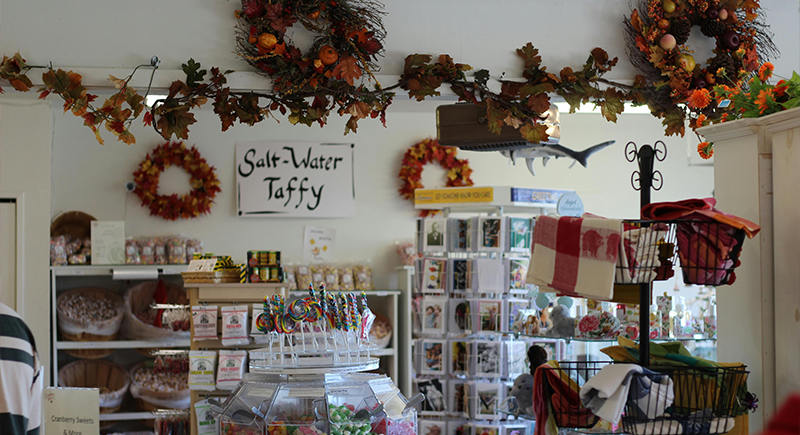
Credit: pexels
A festive display of seasonal goodies makes you feel like these items won’t last long. Stores create this sense of urgency, knowing that limited-time offers push you to buy quickly before thinking about whether you really need them.
Endcaps That Redirect Your Focus
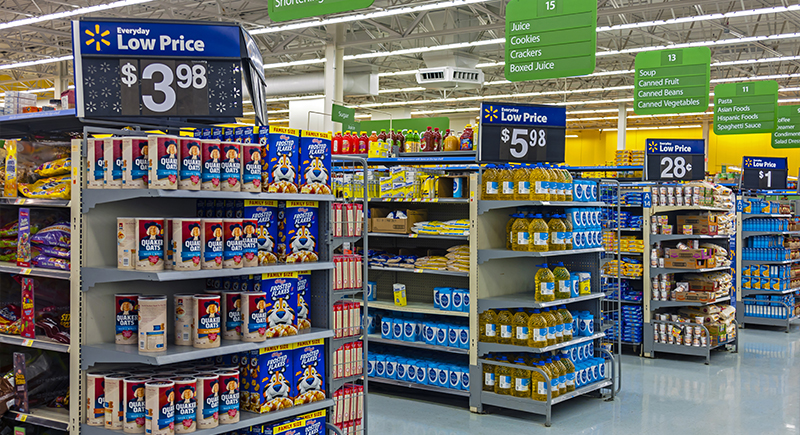
Credit: Wikimedia Commons
Endcaps are another prime spot in supermarkets. These areas feature promoted or overstocked items, intended to grab your attention before you even start browsing the aisles. Coincidentally, they’re also products that you most likely do not need.
The Maze-Like Store Layout
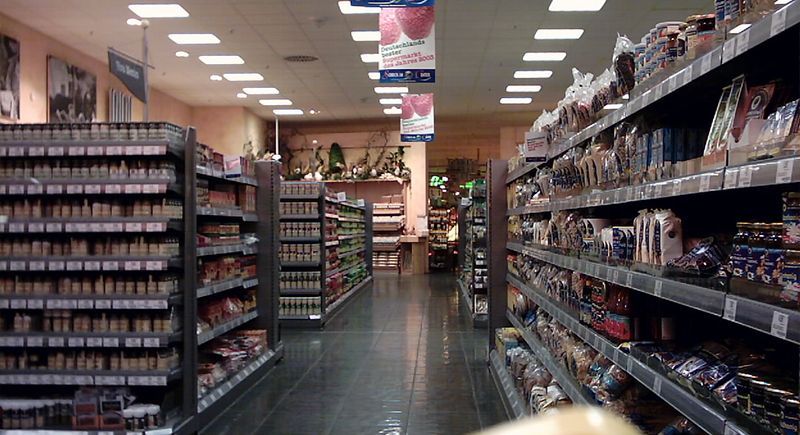
Credit: Wikimedia Commons
If you ever felt like you were walking in circles, you might be relieved to know that stores intentionally design these layouts to slow you down. Straightforward routes are avoided so you spend more time exploring sections filled with products, some of which you’re bound to toss into your cart.
Bright Colors That Scream “Sale”
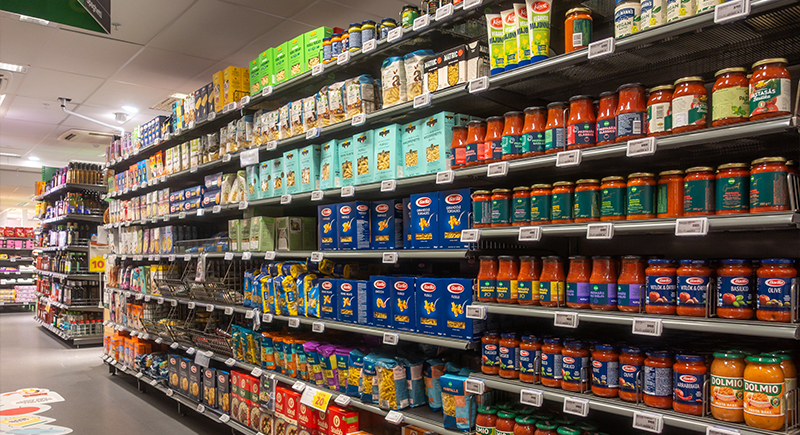
Credit: Wikimedia Commons
Sale signs in bright reds or yellows do more than just relay information—they’re psychological triggers. These colors are associated with urgency and make you feel like you’re missing out if you don’t grab the product immediately, even if the savings are minimal.
Loyalty Programs That Encourage Spending
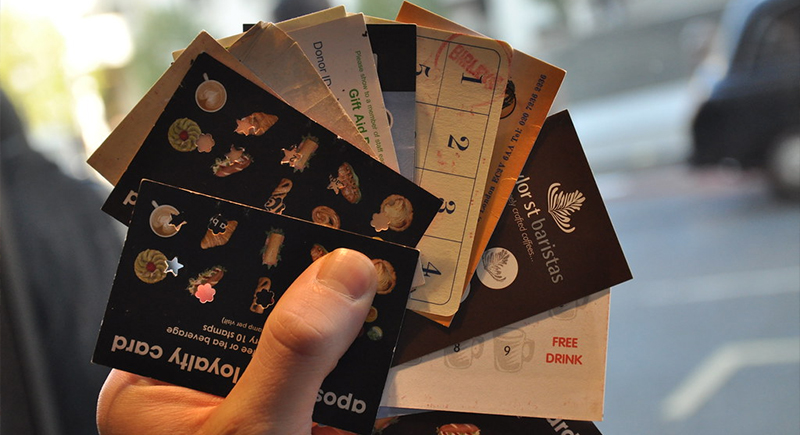
Credit: flickr
Points-based reward systems can make you spend more just to reach a goal. Whether it’s a discount or free item, the idea of “earning” something tricks you into buying items you wouldn’t normally consider, just to unlock the reward.
Packaging That Speaks to You
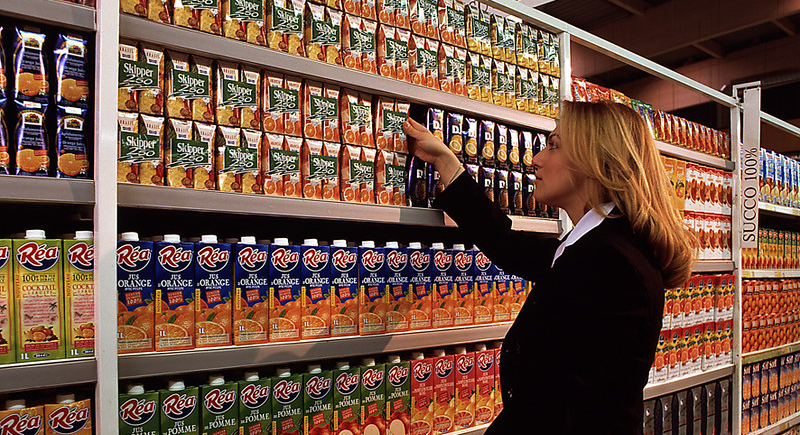
Credit: flickr
The design of a product’s packaging is its first pitch. Bright colors, sleek designs, and clever branding create emotional connections, often leading you to choose a product based on its appearance rather than its actual quality or value.


